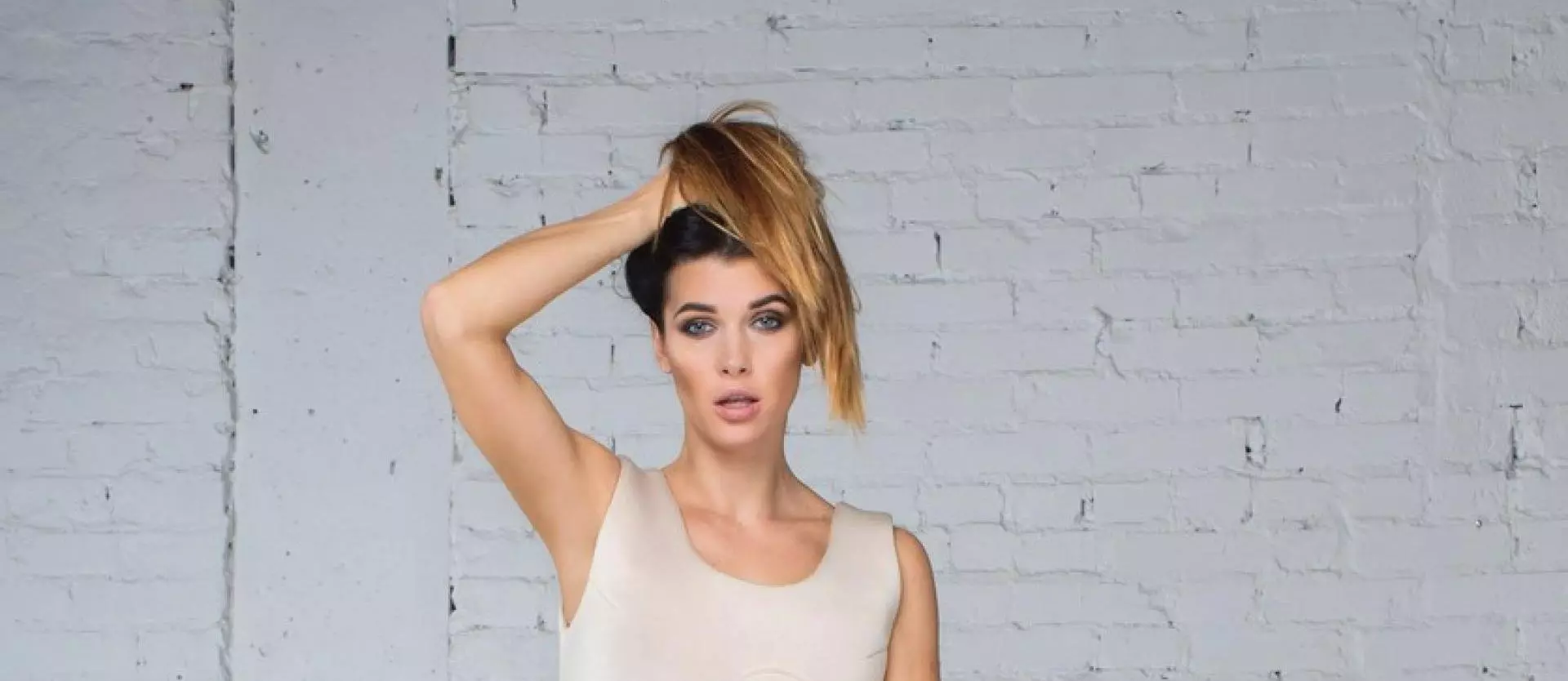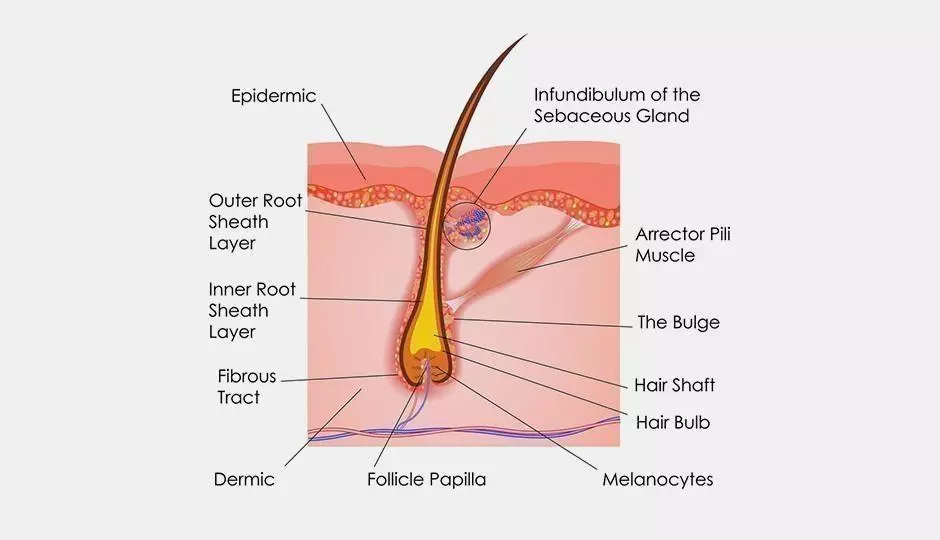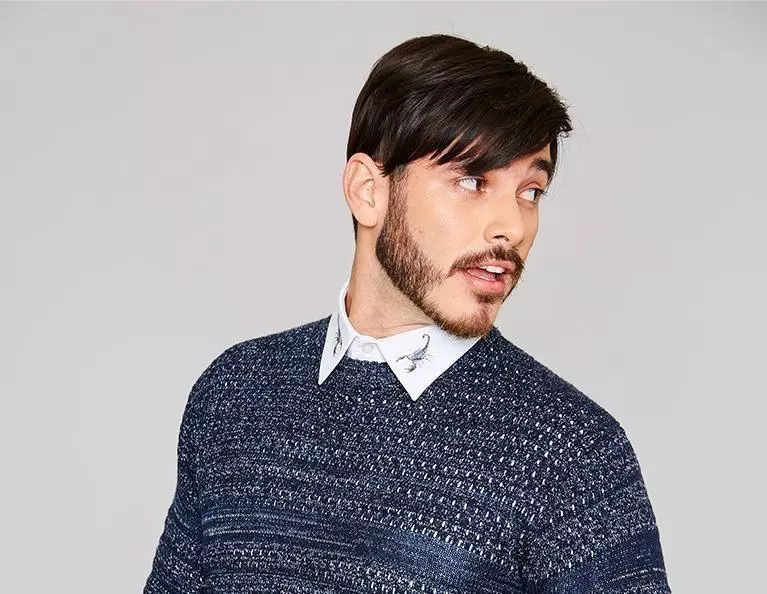Are you suffering from traction alopecia? You probably do not know what this is unless a doctor or hair stylist has told you that you have it. However, this condition is not that uncommon. Many people, men and women, can suffer from it without realizing they do. Generally speaking, this type of hair loss occurs from repeatedly pulling on the hair. Many people do not realize they are causing this to occur – but the good news is that many can see significant improvement by making a few adjustments to their daily habits to avoid it.
Why Does It Occur?
First, to learn how to prevent and treat traction alopecia, you need to understand the cause behind it. In most cases, it occurs as a result of pulling on the hair. This causes the hair to pull out of the hair follicle or weaken that follicle so much so that it cannot maintain healthy hair. Generally, hair is very resistant when being pulled, but it is not anchored into your head heavily. For that reason, just about any type of hair pulling for even a short amount of time can cause this type of hair loss.
Stop Pulling Your Hair
If you or your loved one is suffering from traction alopecia, do not wait to seek treatment. In fact, if you do not obtain treatment for it sooner rather than later, it may become permanent or the damage may lead to permanently thinner hair. So, how do you stop? Look for ways that you are pulling your hair and stop doing or find another solution. Here are a few very common examples that impact many people today with traction alopecia. Reverse them to stop the hair loss from continuing.
- You place your hair in a tight ponytail every day. This position pulls on the hair. Now, there is nothing wrong with wearing your hair up like this. However, you do not want to pull your hair tight.
- You use a bun every day or often. Buns do the same thing. They pull on the hair so that it is tight against the head. When this occurs, it causes stress on the hair follicle, leading to more hair loss. If you use a bun, do so infrequently or keep it slightly loose to avoid this type of strain.
- You braid your hair often. Braids look great and they can be a good way to wear your hair on an infrequent basis. Just do not use a tight braid all of the time. This, too, pulls on your hair.
Reduce the amount of chemicals you use. Those who use chemicals in their hair – for conditioning, treating, detangling, or even chemicals for color and perms – are putting their hair at a heightened likelihood of being damaged. This makes even a less-than-tight ponytail painful.
Avoid putting your hair in rollers overnight. This, too, creates a tight pull on the hair. You may not even notice it after a time.
Any of these situations will create a concern for traction alopecia. If you believe you may have it, it is important to seek out help for overcoming it.
Notice the Symptoms
No matter why it happens, it is important to take action right away. The most common symptoms of traction alopecia include:
- Thinning hair at the hairline
- Soreness or a stinging sensation along the scalp
- Blisters on the scalp – often filled with pus
- Itching or scaling on the scalp
- Redness and tenderness on the scalp
Aside from not pulling on the hair any longer, you may be able to get some help from a doctor or a hair loss professional for managing this condition. For example, if you have blisters or infections on the scalp from it your doctor may recommend the use of antibiotics and topical steroids to help reduce swelling, inflammation, and infections. In addition, you may wish to take a biotin supplement. This can work to strengthen the hair again. And, you may want to consider minoxidil or another type of treatment that can work to regrow hair. The key here is to seek out treatment for your condition. Many people will find that there are solutions to improving their hair loss from this condition. If you have traction alopecia, contact the team at Unique Hair Concepts for a free, private consultation.






